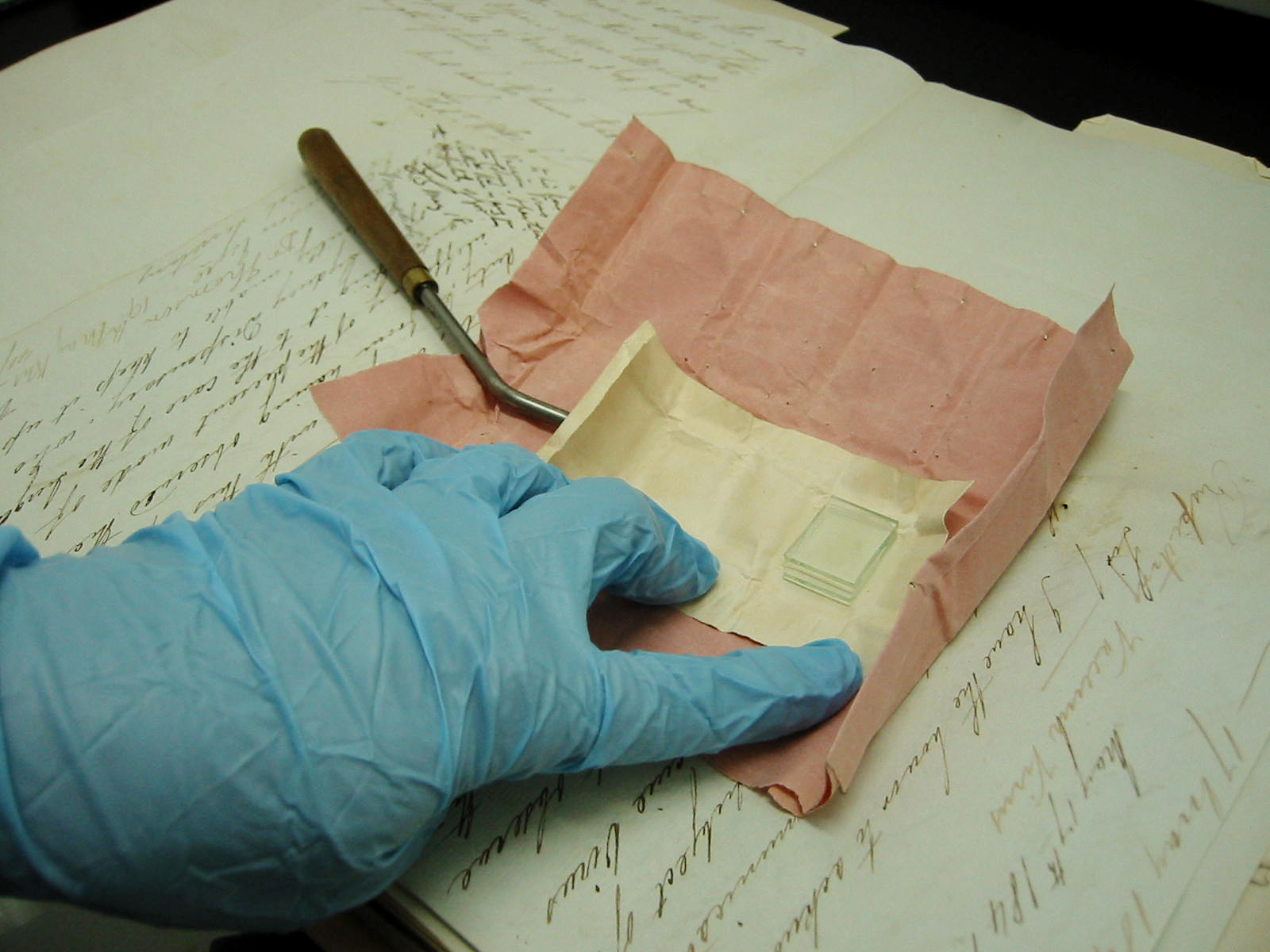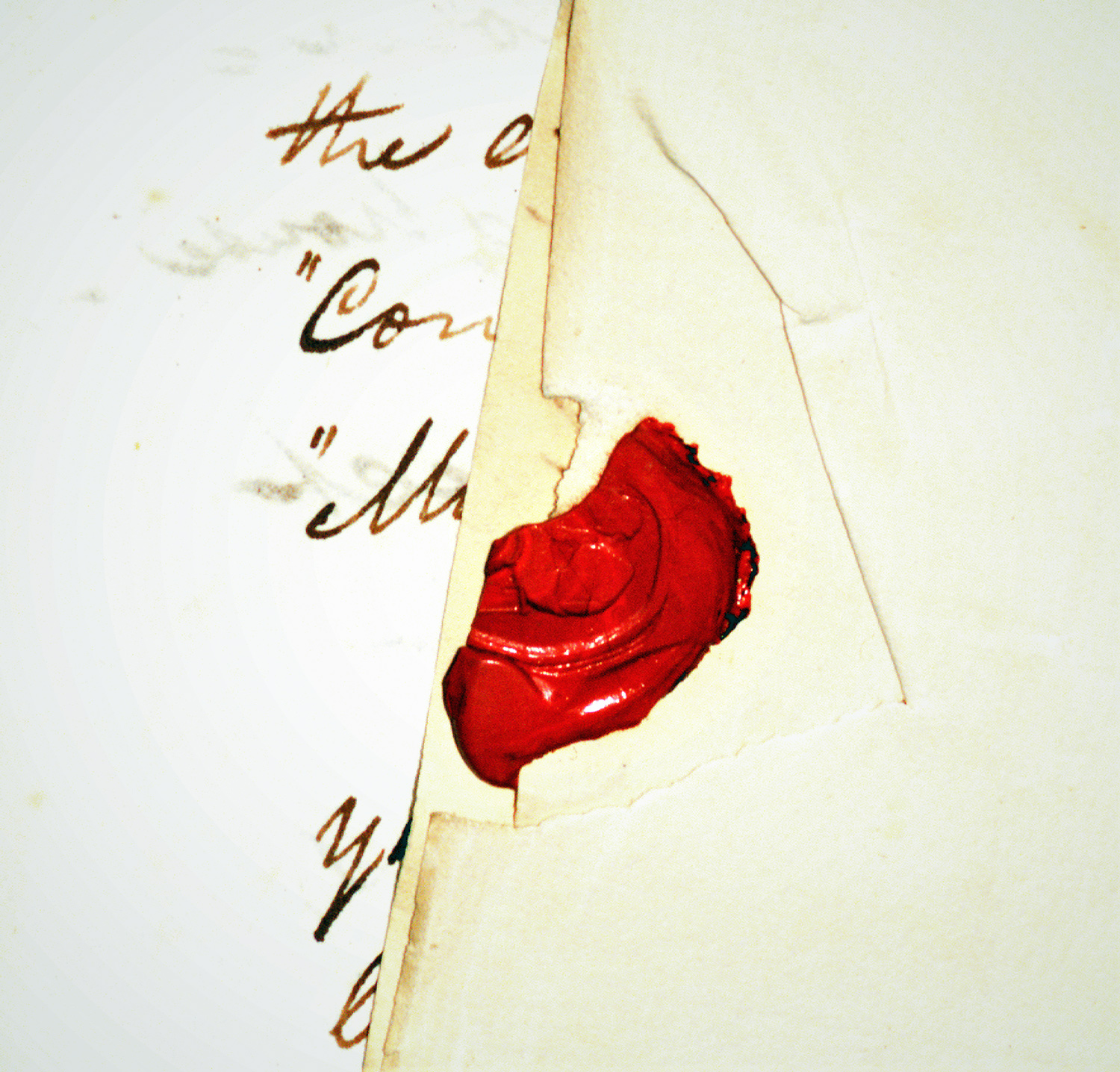To encourage marriage among the free classes, Governor Darling, who presided over the Colony from 1825 to 1831, established a ‘marriage portions’ scheme for the ‘daughters of men of respectability of the Colony’. Once engaged—or ‘promised’—in marriage, daughters of clergymen, mid-level officials and other groups who lacked inherited wealth but had standing in the community, could register for a marriage portion land grant.
The Colony of NSW had been established with the arrival of the First Fleet in 1788. When Lachlan Macquarie arrived two decades later as the fifth Governor of NSW, the future of the Colony was considered to be at risk of moral degeneration. Cohabitation—the practice of living together in an unmarried state—was deemed ‘highly injurious to the interests of Society’, and Macquarie sought to rectify this by encouraging lawful marriage.
Not a job for the faint hearted, the position of Superintendent of Alpacas was created in 1859 in an experiment to introduce alpacas to NSW.
Browsing through the Colonial Secretary’s Index, 1788-1825 an interesting subject of Town Crier caught our eye.
A quick check of the three names showed an intriguing entry for John Pendergrass who “…had his ‘good leg fractur'd and the wooden one broke’ when run over by a bullock cart.” He “wanted an old hack horse to carry him around…”
This was no ordinary letter. Not only is it very rare to find three-dimensional objects in the State archives, but the letter and associated correspondence references to smallpox and the colony’s vaccination program. It was deduced that the parcel probably contained a sample of the cowpox vaccine, which was commonly used to vaccinate against smallpox.

This #oddjob was found in the Probate Packet for John Marzagora (aka Massagora) who listed his occupation as bird stuffer.



